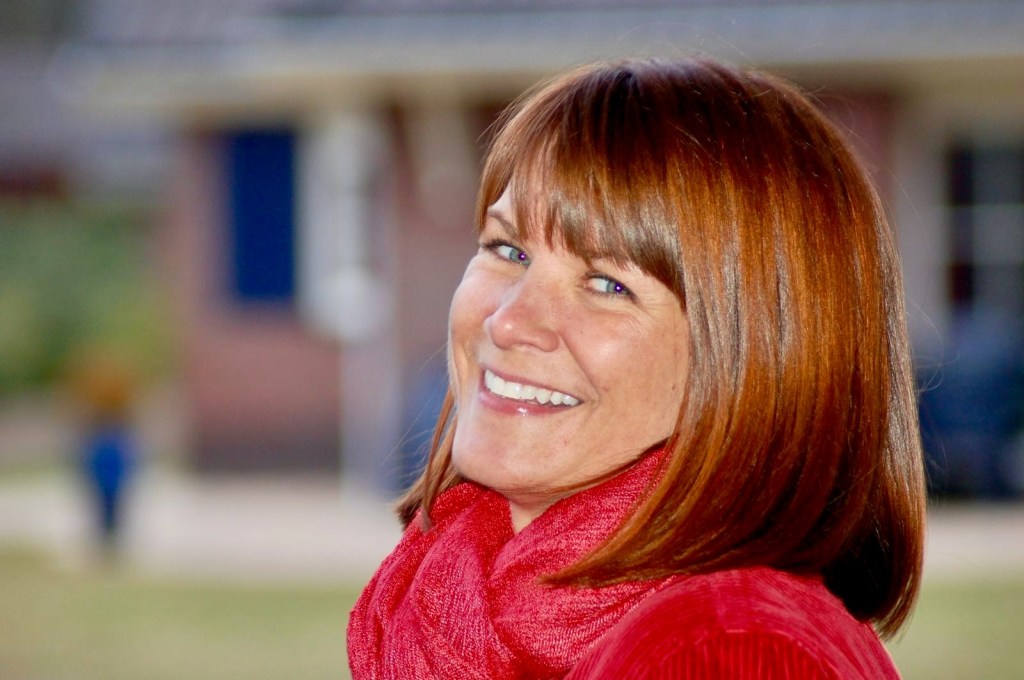When Morag Mackay arrived in the United States from Canada to help develop a water safety and drowning prevention plan at the request of the World Health Organization, she knew that the landscape was a “bit complicated.”
“The more we talked about it, [we] realized [the U.S.] is a huge country, set up as a federation of states that make up the majority of their own laws,” she says.
Combined with wide climate variation – a cold north and a hot south, plus differences in coastal towns versus landlocked ones that sit on lakes and rivers — she saw that the group couldn’t “just make one huge recommendation.”
“We thought, this will take two years … but it’s taken longer than that. We recognized the complexity but did not appreciate it.
The U.S. National Water Safety Action Plan is a huge undertaking involving dozens of water-safety experts, advocates and organizations. Mackay has played a key role in its development and coordination.
“Our vision has had to change over the time frame to appreciate that context change from community to community and state to state. It wasn’t a one size fit all, it had to be more flexible.”
Setting benchmarks
The chief research and network officer at Safe Kids Worldwide, Mackay is an epidemiologist who has worked in public health and child injury prevention.
She has a background in nursing. She received her undergraduate degree in nursing from the University of Ottawa and a master’s degree in medical science with a specialization in epidemiology from the University of Calgary.
Throughout her career, she has covered a wide range of child safety topics, including shaken baby syndrome, car accidents, accidental ingestion of medicine and objects, among others.
After eight years with a children’s hospital in Ontario, she worked in Europe examining drowning prevention and policy as program manager of the European Child Safety Alliance. That was her first foray into the world of aquatics.
In the U.S., nearly 4,000 people drown each year, according to the Centers for Disease Control and Prevention. About 1,000 are children. When it comes to the rate of drownings per 100,000, the sunny pool-heavy and/or coastal states are not always in the lead. In fact, some land-locked states, such as Wyoming, Arkansas and New Mexico, have some of the highest rates of drowning nationwide.
Consistent safety
As Mackay delves further into her research, she is often surprised to learn just how wide and vast the differences are across the country, and how much those play into the lack of cohesive national drowning prevention programs.
Though the mission of the U.S. National Water Safety Action Plan is to reduce drowning for all ages, Mackay’s personal goal is to ensure safety for all kids and prevent drowning regardless of the location.
“It shouldn’t matter where they live and grow up,” she says. “There should be interventions in place that reduce risk and increase protection when it comes to water safety.”
The plan involves six working groups of people from across the country, plus open calls for others to join. Among other things, it has undertaken the enormous task of examining an issue that has served as a roadblock for those trying to make pools safer — that is the collection of reliable statistics. To accomplish this, the group is working to identify where lack of coordination occurs. This happens for a variety of reasons. For example, each jurisdiction or hospital may define cause of death differently — some may describe a drowning as brain damage, rather than as death. The ultimate goal, she says, is to establish a minimum set of standards.
Mackay is especially known for her expertise in the area of child injury. Besides Safe Kids, she is a member of the editorial board of Injury Prevention Journal. She serves as an expert advisor to UNICEF’s Health Section Programme Division on activities around Child Injury Prevention & Environmental Health. She also is a member of the expert panel advising the development of a drowning death scene investigation protocol tool under the leadership of the National Center for Fatality Review and Prevention, the CDC, and the National Network for Public Health Institutes.
Though Mackay says she keeps her head down and pointed towards achieving a goal, her work in aquatics has been acknowledged and noticed by various agencies and organizations, most recently the National Drowning Prevention Alliance, which is presenting her with a Lighthouse award.
“You really want to ensure that action is taken and it’s to protect these little vulnerable people in a world built for adults by adults,” she says.
